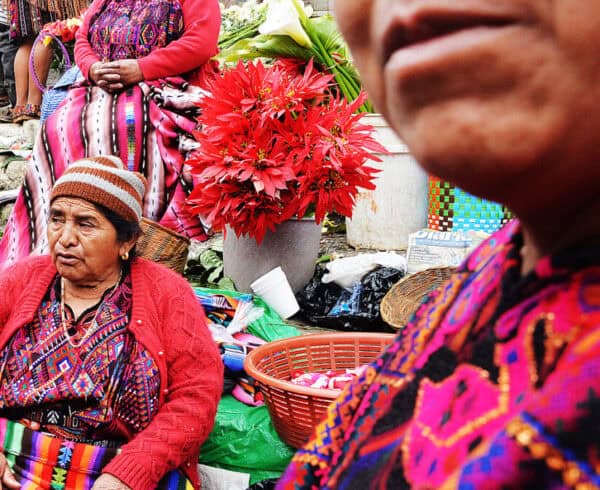This July will make it exactly three years since the iconic VW Beetle came to the end of its production road in Mexico, which was a shame for many fans, as this classic car, had no doubt become a favourite for many – a little Herbie that so many of us loved and cherished! But with bigger cars, SUV’s and now electric cars it has become an iconic vintage car, loved by some and indeed hated by others and let’s be honest the new Beetle designs never really hit the spot.
It is so interesting though, how people can become attached to a car and how some cars, like the Beetle, really do seem to have a little character of their own that truly does speak to people. These cars can of course be a hugely important part of our lives, from the simplicity of basically getting us from A to B, to the extremes of classic cars, being celebrated and respected in their own right as classic, also as well-travelled and reliable cars, who can take us on our travels across Europe and indeed around the world – trustworthy little friends coming along on our adventures!
Cars lend themselves well to classic photography and with the rise of social media the passion for photographing these cars across the world is huge.
Photojournalist David Hicks has a massive range of images in his collection Hixposure from ‘The Beetles Live in Peru’ collection of shots embracing these little cars in all their glory to his Havana Cuban car.

Havana Car Club and cars in clothes to even the love for cars and their religious mascots collections, as Hicks discovered, the subject matter for cars is endless.

The Beetle is one of the world’s favourite classic cars, no doubt Herbie had a huge influence on this! Originally designed by Porsche in 1934, the car was eventually produced in 1938.
Read our related blog:
Is the Volkswagen Beetle the best classic car of all time?
Written by: Lisa Freeman
After twenty-five years as an experienced arts PR, Lisa is now further expanding her focus within the art world to develop PR and Marketing campaigns within all sectors of arts and culture, from art galleries to exhibitions, as well as individual artist campaigns and charity art foundations.











Leave a Comment